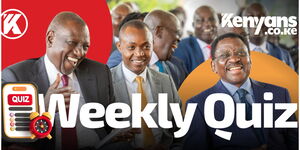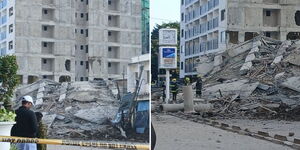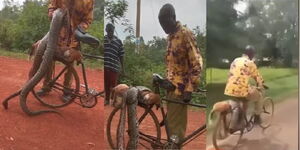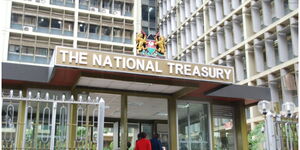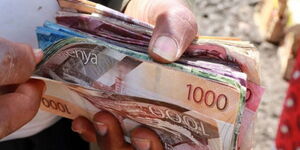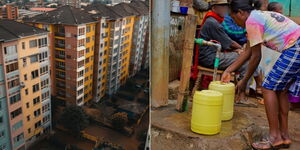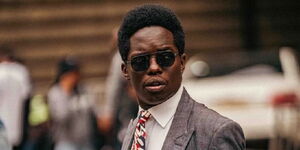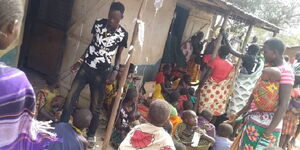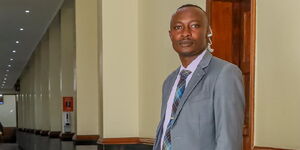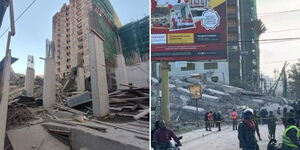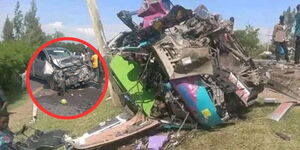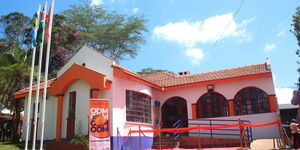Every year on July 7, Kenyan mark Saba Saba, this is a date to commemorate a landmark protest movement in the nation's political history.
It began in 1990 as a protest movement to demand multiparty democracy against Daniel Arap Moi’s autocratic regime through the Kenya African National Union(KANU).
On July 7, 1990, opposition leaders Kenneth Matiba, Charles Rubia, and Jaramogi Oginga Odinga called for a rally at Kamukunji Grounds in Nairobi, demanding multiparty democracy. Despite the rally being banned by the government.
The protesters defied the prohibition, leading to widespread unrest in the country. Riot police responded violently, arresting and detaining the protestors without trials, and there were fatalities.
Matiba, who called the rally, was arrested, Rubia, a co-organizer, was also detained, while Odinga, an opposition elder, symbolized resistance and supported multiparty calls.
James Orengo, a young radical lawyer at the time, spoke out in forums around July 1990, only for him to be later detained.
Later came Raila Odinga, who confirmed his support for multiparty advocacy and had been detained in earlier pro-democracy campaigns from 1982 to 1988.
Koigi wa Wamwere, who was also detained, called for civil rights in 1990 and remained vocal. In the same year, Wangari Maathai also condemned state repression and mobilized women’s groups.
Later, from 1997 to 2024, Koigi wa Wamwere led a rally denouncing electoral fraud in 1997. Raila Odinga, in 1997, 2001, 2005, and 2023, continued to be a central figure, calling for free and fair elections, condemning Moi's regime, campaigning against constitutional referendums, and leading rallies against taxes, unemployment, and electoral injustice.
In 2003, Wangari Maathai led a procession for environmental justice and land restitution. Paul Muite in 2003 and 2005 advocated for a people-driven constitution and campaigned for a 'No' vote in the 2005 constitutional referendum.
Maina Kiai, in 2008, held a vigil for post-election victims. Ndung’u Wainaina and Gladwell Otieno in 2010 hailed the new Constitution as a fulfillment of Saba Saba’s intent. Gladwell Otieno and Boniface Mwangi in 2013 protested against police brutality and land injustices.
Boniface Mwangi 2014, led youth protests against corruption and extrajudicial killings. Harun Ndubi (2016) led a human rights protest against police murders and was arrested. Boniface Akumu (2020) mobilized youth in Mathare and Kayole against police brutality and economic exclusion during the COVID-19 lockdowns.
Gacheke Gachihi (2020) condemned youth killings in informal settlements. Jerotich Seii (2021) led a Saba Saba protest walk in Nairobi under the slogan “We are tired,” marching for economic equity. In 2024, Kenyans held a concert to remember those killed in protests.

